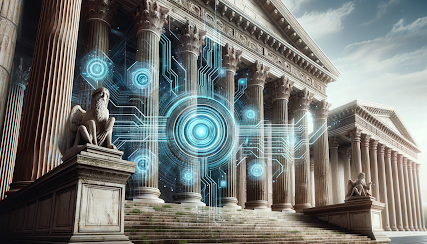Bridging Ancient Memory Palaces with Cutting-Edge Tech
A few years ago, after being inspired by a video from the USA Memory Championship, I delved into understanding whether exceptional memorization skills were innate or could be developed. It was then that I came across the book "Moonwalking with Einstein" (2006) by Joshua Foer, which introduced me to the ancient technique of Memory Palaces.
Later on, I discovered a book titled "How to Take Smart Notes" by Sönke Ahrens. In it, Ahrens presents a systematic note-taking process to optimize the assimilation of learned concepts and brainstorm various ideas transformed into notes.
The author's blog features a section called "The Tools" where he lists software to automate this note-taking process, known as "Zettelkasten" in German. Among them is Obsidian. This tool allows notes taken from any dialogue, book, dream, etc., to be categorized and indexed for future use, even if you can't recall the specifics.
I stumbled upon an Obsidian plugin integration with GPT-4 called Obsidian Smart Connections. This is where things become truly fascinating, as this plugin enables dynamic interactions within your notes to uncover hidden connections and insights.
Now, you might be wondering, "How does this relate to Memory Palaces?"
Initially, we have raw information, quotes, ideas, and arguments transformed into notes through the Obsidian and ChatGPT integration. This led me to consider employing technology to craft a personalized Memory Palace using new image generation tools like dall-e3, midjourney, or stablediffusion.
In my exploration, I found MemoryOS.com, boasting the best 3D visual implementation of memory palaces. Their Android and iPhone apps offer a quick grasp of how memory palaces work, starting with a genuinely effective exercise to memorize five random items in a "spatial garage."
Can you imagine integrating all of this through a plugin or a similar tool?
Let me break it down:
Think of anything you'd like to memorize.
Construct your notes on the topic with the help of the Obsidian and GPT-4 integration.
Create memory palaces from these notes using generative image technology.
Sounds promising, doesn't it? I'd love to delve into this idea further in the comments.
Catch up soon,
Renan



Comments
Post a Comment